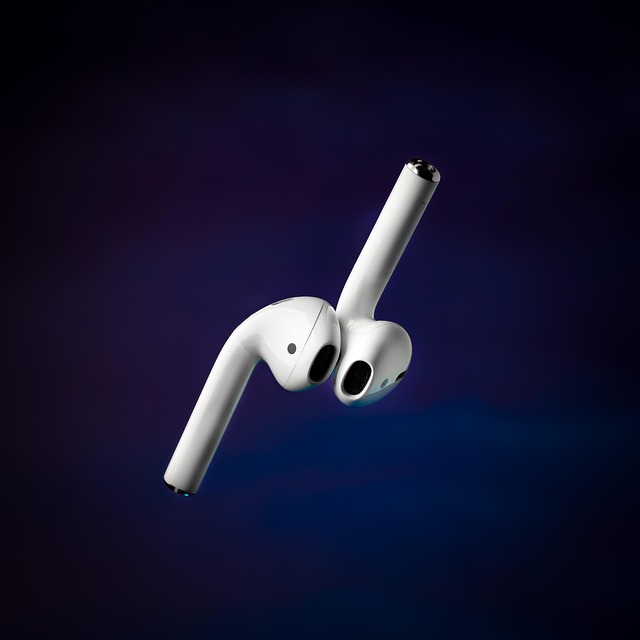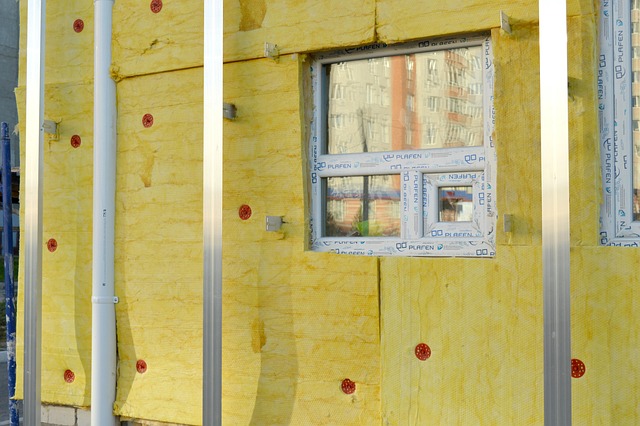In the evolving landscape of home entertainment, the convergence of visual clarity and sonic precision has become a benchmark for modern television systems. While high‑resolution panels, OLED panels, and quantum‑dot displays promise stunning imagery, the audio environment must rise to meet the heightened expectations of viewers. Sound design, or audio design, plays a pivotal role in bridging the gap between what is seen on the screen and what is heard, creating a fully immersive experience.
Understanding the Visual‑Audio Symbiosis
Every visual display—be it a flat‑panel monitor, a curved OLED screen, or a 4K HDR projector—relies on precise timing and spatial cues to convey motion and depth. Sound design complements these cues by delivering directional audio, depth perception, and contextual emphasis. When the audio and visual elements are tightly synchronized, the viewer perceives a cohesive narrative rather than disjointed components.
Temporal Alignment
Temporal alignment refers to the synchronization of sound with visual events. A simple example is the clapping sound in a sitcom; if the audio lags by even a fraction of a second, the illusion of reality collapses. Modern audio processors use frame‑accurate timing, aligning sound samples to individual video frames. This precision is essential for monitors that refresh at high rates, ensuring that every pixel change is accompanied by the correct audio cue.
“The fidelity of audio timing can make or break the realism of a scene.” – Audio Engineering Insight
Spatial Rendering
Sound design incorporates spatial rendering techniques such as binaural audio, object‑based audio, and immersive surround sound. With the rise of Dolby Atmos and DTS:X, audio designers can place sound objects in a three‑dimensional coordinate system. When paired with a modern TV’s speaker array or an external soundbar, these techniques transform flat audio into a field that surrounds the viewer, enhancing the perceived depth of a cinematic landscape.
Hardware Considerations for Optimal Audio Design
While software techniques have advanced, the hardware foundation remains critical. The quality of the TV’s built‑in speakers, the presence of dedicated audio processors, and the integration of external audio devices all influence the final sound output.
Built‑in Speaker Systems
Modern televisions often feature full‑band speakers capable of reproducing a wide frequency range. However, their size and placement can limit the acoustic space, leading to a flat soundstage. Sound design compensates by employing equalization, dynamic range compression, and spatial enhancement algorithms to emulate the richness of a multi‑speaker setup within a compact footprint.
Audio Processors and DSP
Digital Signal Processing (DSP) units in TVs interpret audio signals and apply real‑time effects. Features such as speaker calibration, room correction, and virtual surround expand the capabilities of sound design. For high‑end monitors, manufacturers often include proprietary DSP chips that adapt audio output to the viewing environment, ensuring consistent performance across varied room acoustics.
External Audio Systems
Soundbars, sound‑bar with subwoofer combos, and full home theater systems provide superior audio fidelity compared to internal speakers. Integrating these systems with a TV requires careful configuration of HDMI ARC, eARC, or optical connections, and often involves selecting the appropriate audio format (e.g., Dolby Digital, Dolby Atmos) to maintain synchronization. Audio design in this context focuses on optimizing the mix for the external hardware’s capabilities, such as channel mapping and channel‑specific processing.
Software Techniques in Modern Sound Design
Beyond hardware, sound design leverages sophisticated software to deliver a tailored audio experience. These techniques include dynamic EQ, adaptive loudness, and advanced audio codecs.
Dynamic Equalization
Dynamic EQ adjusts frequency response in real‑time based on the audio content. For instance, when a low‑bass drum hits, the system can temporarily boost the bass frequencies, ensuring that the impact is heard clearly without overwhelming the mids. This adaptive approach is especially beneficial for displays that operate in environments with variable ambient noise.
Adaptive Loudness and Loudness Normalization
Adaptive loudness algorithms analyze the overall dynamic range of a program and adjust the level to maintain consistent perceived loudness. In a TV setting, this prevents sudden volume spikes when switching between programs, making the listening experience smoother. Sound design also employs loudness normalization to comply with broadcast standards, ensuring that the viewer receives a uniform listening level across different content.
Audio Codecs and Compression
High‑efficiency audio codecs such as Dolby Digital Plus and DTS‑HD deliver multi‑channel audio at lower bitrates. For large visual displays, efficient compression reduces the bandwidth required over HDMI or Wi‑Fi, enabling high‑resolution video and high‑fidelity audio to coexist without buffering. Sound design must balance compression with fidelity, especially when working with complex audio tracks that contain subtle spatial cues.
The Role of User Configuration and Personalization
Even with advanced hardware and software, the optimal sound experience often depends on user preferences and room characteristics. Modern TVs and monitors provide intuitive interfaces for customizing audio settings.
Room Acoustic Calibration
Many devices incorporate microphone‑based calibration, measuring reflections and room resonances. The system then adjusts the EQ and spatial rendering parameters to compensate for acoustic anomalies. Users can fine‑tune the results manually, tailoring the sound to their particular space.
Presets and Scene‑Based Profiles
Pre‑set profiles such as “Movie,” “Sports,” “Music,” or “Gaming” enable quick adjustments to the audio mix. Each profile emphasizes different frequency ranges and spatial cues appropriate for the content genre. Sound design in these profiles is meticulously crafted to enhance the storytelling elements without introducing distortion.
Accessibility Features
Accessibility options, such as enhanced dialogue or audio description, require careful sound design to ensure clarity and intelligibility. Equalizers that highlight vocal frequencies, or separate channels for narration, help viewers with hearing impairments follow the narrative seamlessly.
Future Trends: AI‑Driven Audio Design
Artificial Intelligence is set to revolutionize sound design for TVs and monitors. Machine learning models can predict optimal audio settings based on content metadata, viewer preferences, and real‑time acoustic analysis. This dynamic adaptation promises a near‑instantaneous shift from a quiet home theater to a bustling sports arena, all while maintaining audio fidelity.
Content‑Aware Audio Processing
AI algorithms analyze the audio content’s emotional tone, dialogue density, and musical complexity. They then adjust the dynamic range and spatial layout accordingly, ensuring that crucial moments are emphasized and that the overall mix remains balanced.
Predictive Room Modeling
Using data from previous sessions, AI can predict how a room will acoustically respond to a particular content type. The system pre‑emptively calibrates the speakers, optimizing clarity before playback begins.
Conclusion: Harmonizing Sight and Sound
The enhancement of TV experience hinges on a meticulous blend of visual excellence and advanced sound design. As display technology pushes the boundaries of resolution, color accuracy, and refresh rates, audio design must keep pace by delivering precise timing, spatial depth, and adaptive processing. By leveraging high‑quality hardware, sophisticated software, and user‑centric customization, modern televisions transform passive viewing into an immersive, multisensory adventure. The synergy between visual displays and sound design is not merely a technical challenge; it is an artistic pursuit that reshapes how stories are told and experienced in living rooms worldwide.



